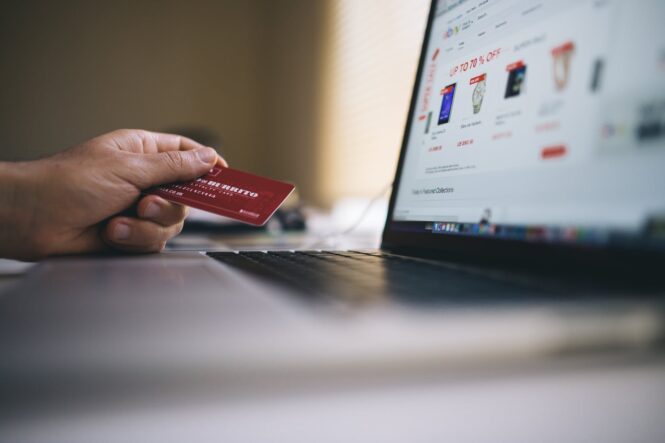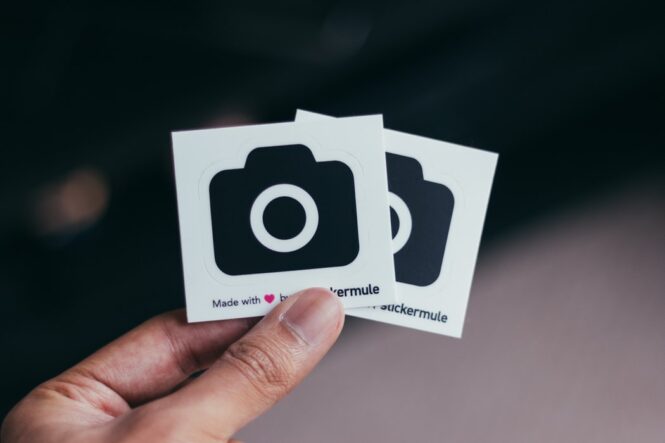If you own a brick-and-mortar store right now and have managed to survive this long, things are finally looking up a bit! Many states are allowing shops to reopen, and those that haven’t yet undoubtedly will soon. Of course, this all comes with a rather large proviso that everything will be shut back down in the event of an outbreak. But let’s assume you’ve been granted permission to open your doors at 30-50% capacity. That’s undoubtedly not enough to enable you to meet your business goals. So how can you parlay this reopening into a win for your business?
The answer lies in the online arena. If you haven’t yet added an ecommerce component to your shop, this is a must in today’s retail environment. It may take some thinking outside the box depending on your product portfolio, but in most cases this is something you can do with a bit of ingenuity and the determination that got you here in the first place. But it’s not enough to simply open an online store; it needs to provide at least 50% of your sales for you to finally get a leg up and be able to breathe a little easier. But how do you do that when Amazon, with its vast catalog, relatively low prices and quick shipping, is always lurking a few clicks away – beckoning to your potential customers? You need to provide a superior customer experience, and the way you can do this is via omnichannel sales and marketing.
What Is Omnichannel Retail?

Omnichannel retailing is the integration of all possible sales and marketing channels into a retail experience that completely encapsulates your customer. That means that no matter whether they’re browsing Facebook, checking their email, surfing the web or receiving a text message, they see you; more specifically, they see relevant offers from you that tempt them into clicking and eventually buying. Done well, omnichannel retail enables you to develop a close relationship with your customers that pays huge dividends for each of you down the line. Done poorly, your current customers get sick of you and tell everyone they know to stay away. So let’s do it right, shall we?
Integrating Your Online and Offline Operations
More than likely, if you sell both online and off, you’ve already done this. If you haven’t, now is a great time to check with your POS system provider to determine how to integrate the inventory in your shop with the inventory on your ecommerce site. Without this, you’ll create lots of extra work for yourself and doubtlessly irritate some customers when they come into the store to check out the item they want and it’s not actually there as it was supposed to be. Inventory integration is the foundation of omnichannel retail.
Cart Follow-Up

Here’s where you need a deft hand. The web is full of abandoned shopping carts. If these carts were actually real and not an entry in a database, they would probably overrun all known civilization. The trick is to gently remind your customers of that awesome item they added. It can be theirs in just a few clicks! Would they like to come take a look at it? If they can’t or don’t feel like coming to the shop, there’s always delivery.
How you set this up will depend on the type of items you sell. But you do want to have some way of converting abandoned shopping carts to successful sales. At the very least, you’ll want to be able to email them if the price drops.
Sending Irresistible Offers
Today’s retail POS systems are adept at tracking customer behavior. You can use this data to create offers that will hopefully reel in customers and increase your sales volume. Do you have a glut of something in your inventory that they’ve examined in the past? Why not send them a quick offer via email or SMS? Quick, to-the-point offers with significant discounts on products you already know they have their eye on can yield bountiful results.
Do you have a bunch of new inventory coming in soon and need to move items? Combine an email/SMS offer with an Instagram campaign to raise awareness of your low prices on these items that must sell! Now your prospect is seeing offers on three or even four channels, and if they’re well-crafted offers, they’ll undoubtedly be interested. Whether they actually bite will depend on just how effective a salesperson you are.
Swamping Social Media

Instagram was just made to entice current and prospective customers alike to your store. But you can’t just throw the kitchen sink at them; you’ve got to build a rapport. This takes time, but it usually pays off handsomely in the long run. Essentially, you’re simply having a constant conversation with your followers. If you throw too much at them too fast, they’ll quickly learn to ignore you. But if you put some thought into it and use direct response queues, you can engage them in the conversation and eventually guide them down the sales path.
The same is true for Facebook, though it’s less picture-centric. However, it’s also a great way to take the pulse of your customers. What are they looking for? How do they feel about such-and-such? The more feedback you can solicit, the more effective your campaigns can be.
Try a Pop-up
As COVID limits the amount of people you can have in your space, it might be wise to see if you can branch out a bit. Most cities have farmers markets or similar outdoor bazaars at which you may be able to snag a spot. In the past, it could be a royal pain to try to integrate your operations at your shop, online and at a temporary location. But with today’s iPad POS systems, it should be relatively straightforward. This would give you access to a new pool of customers and hopefully allow word to spread that you do indeed provide an excellent customer experience.
Retail has always been a challenge, and these days that challenge is magnified. However, with some smart sales tactics and an omnichannel paradigm, storeowners everywhere can succeed. Visit here to learn more about POS system here…
 Imagup General Magazine 2024
Imagup General Magazine 2024



